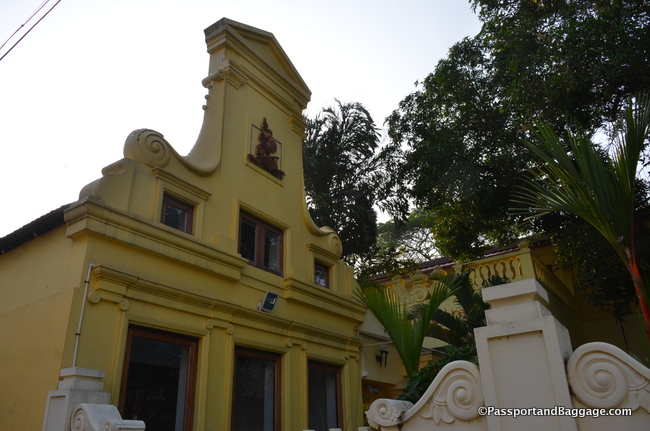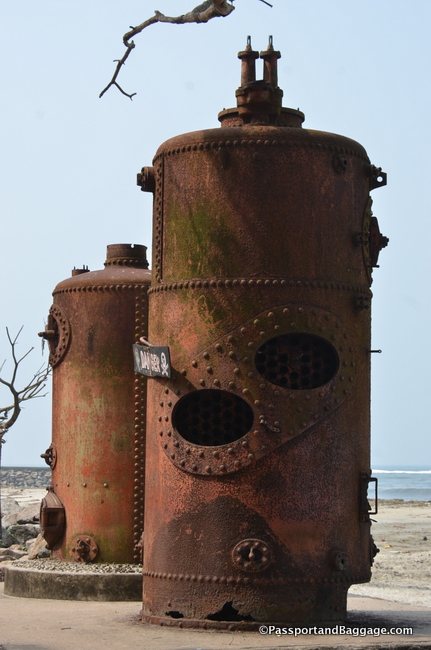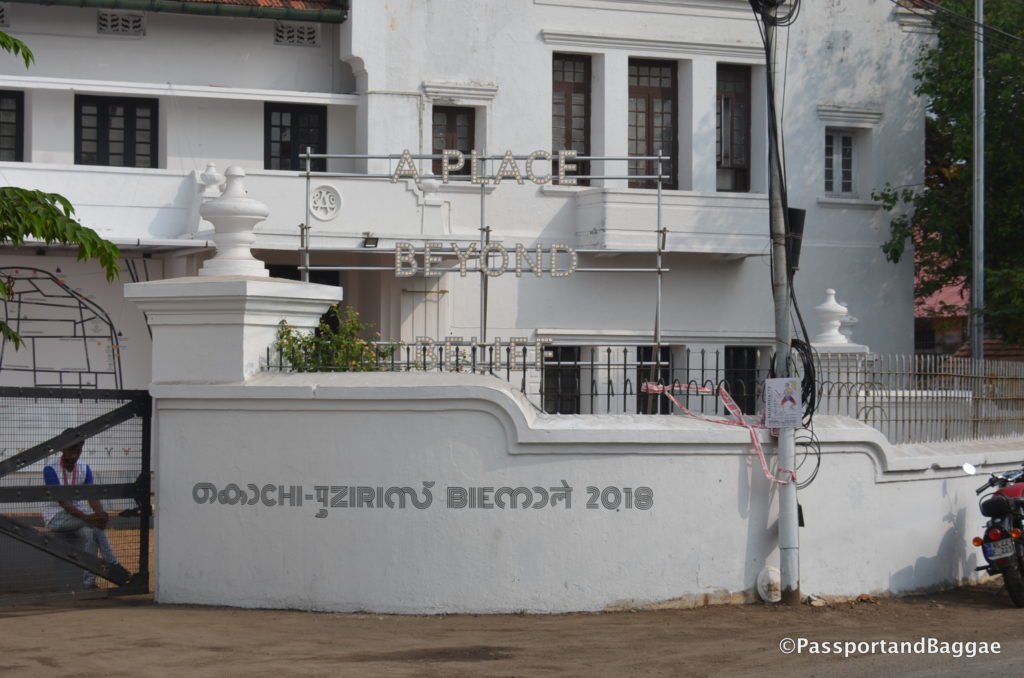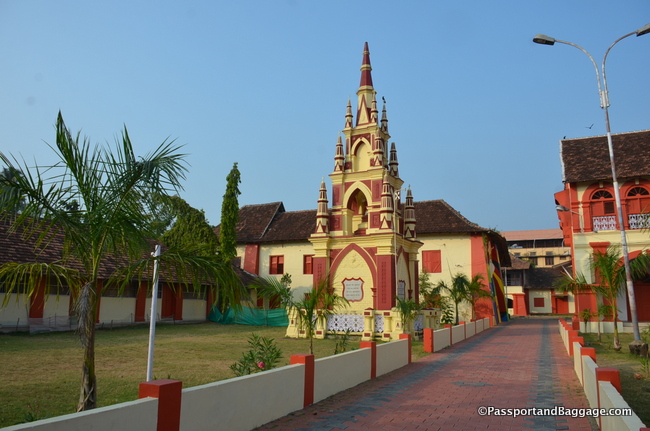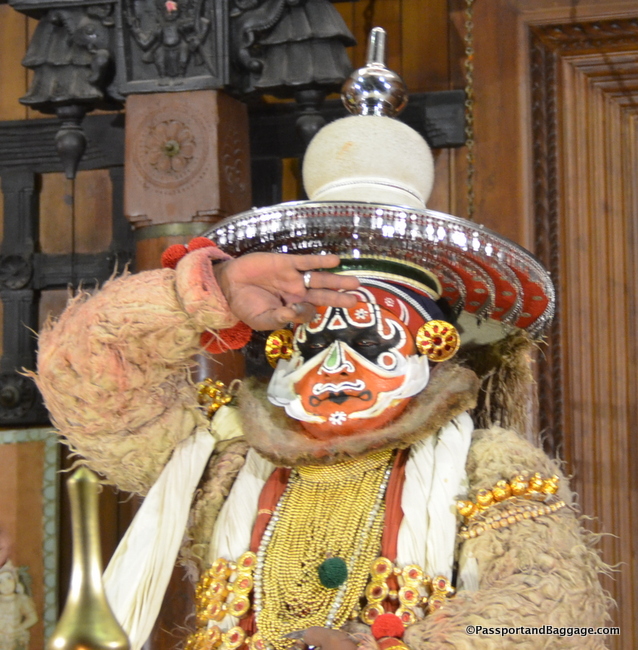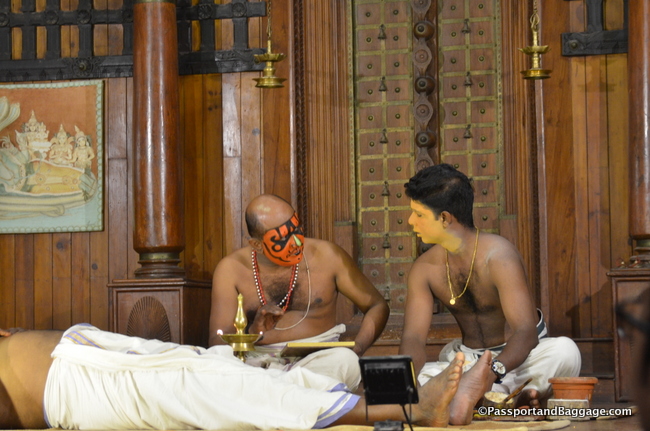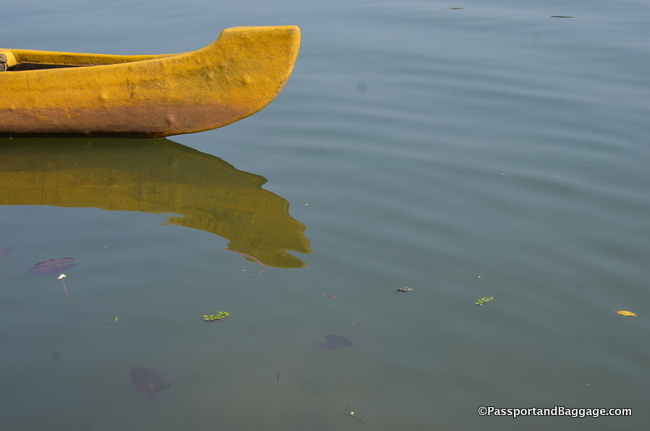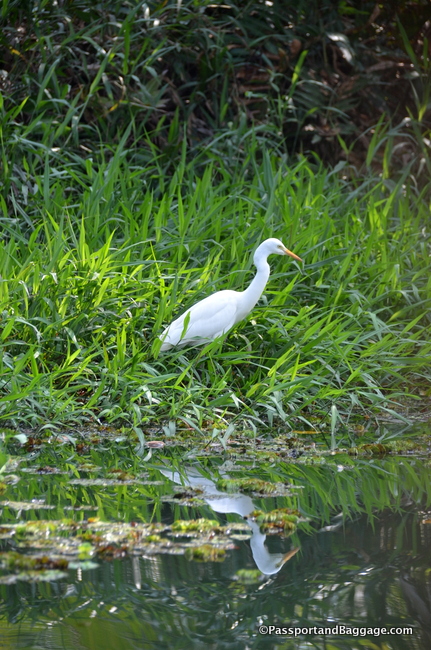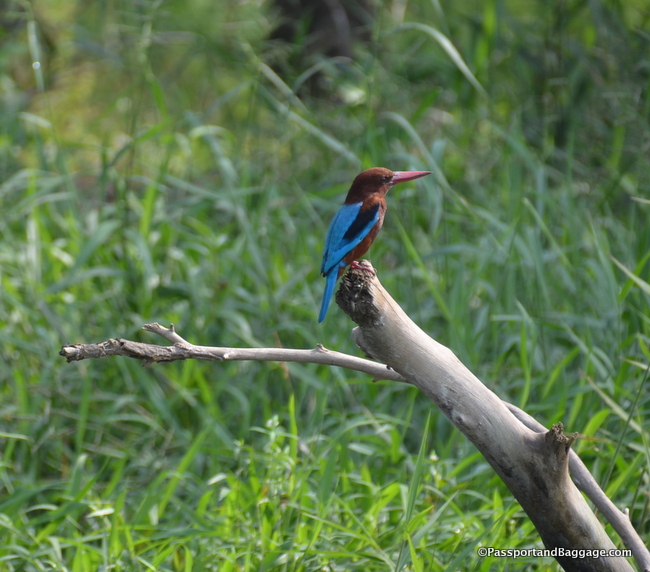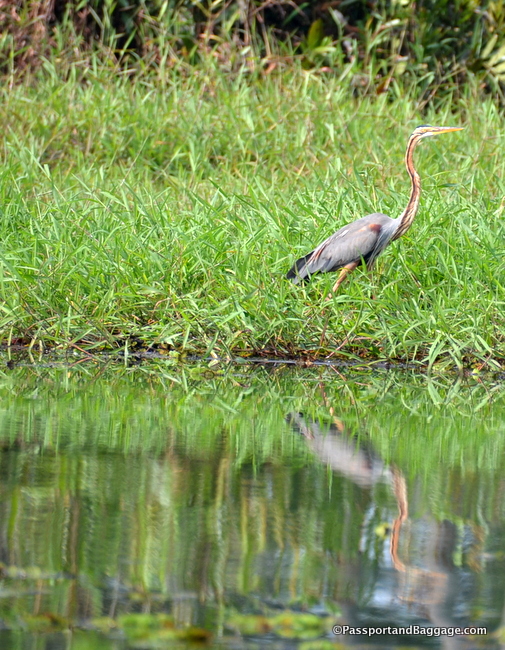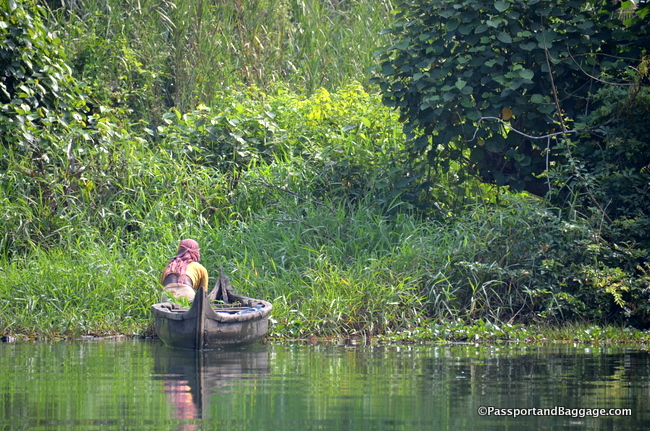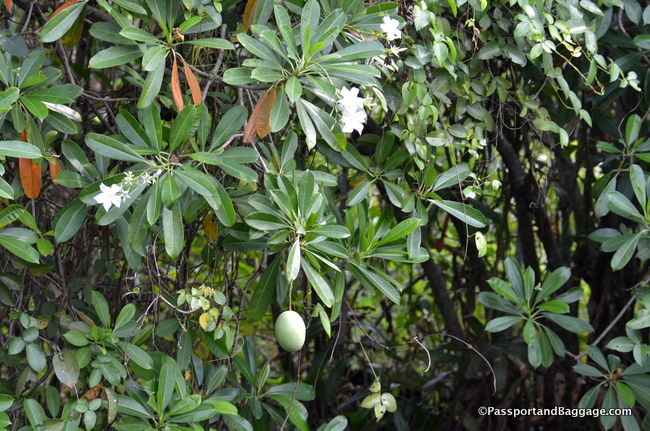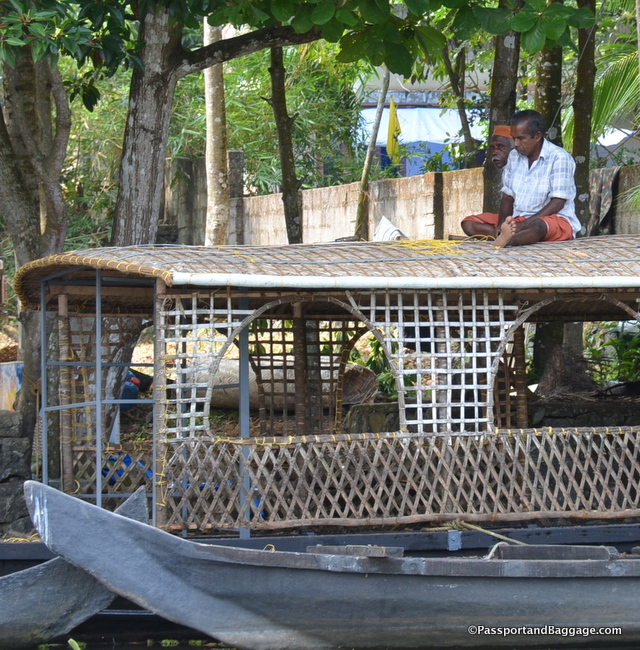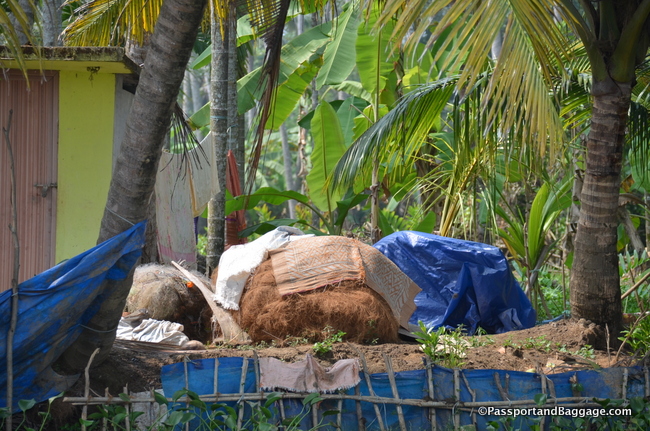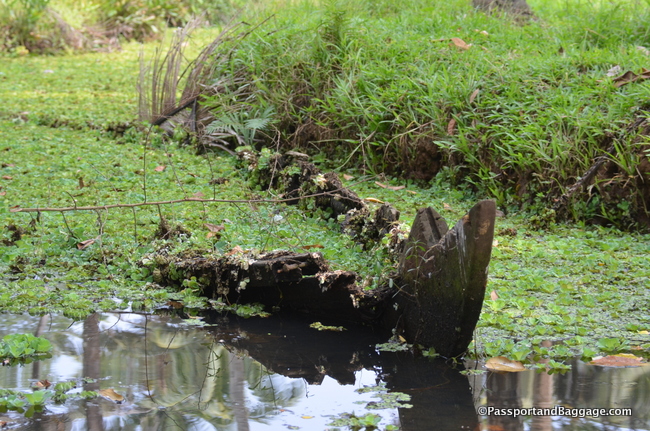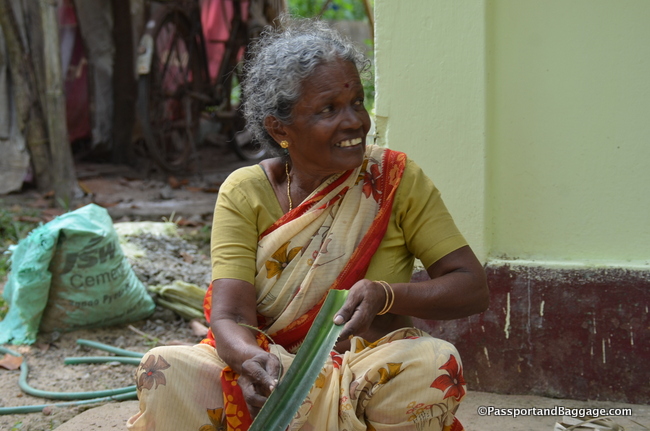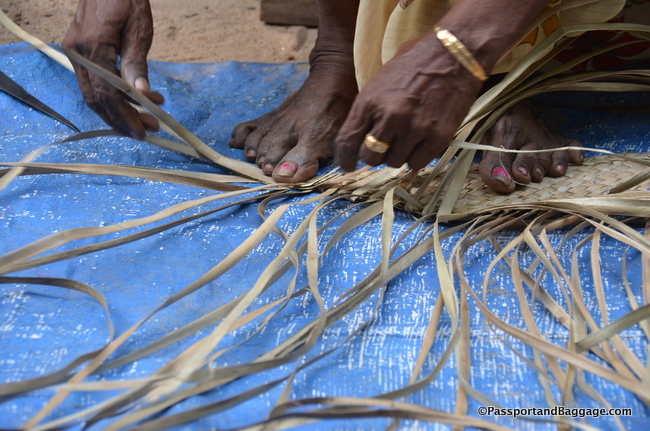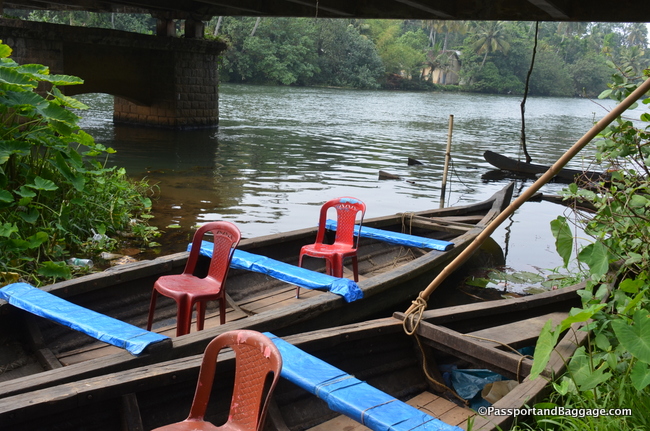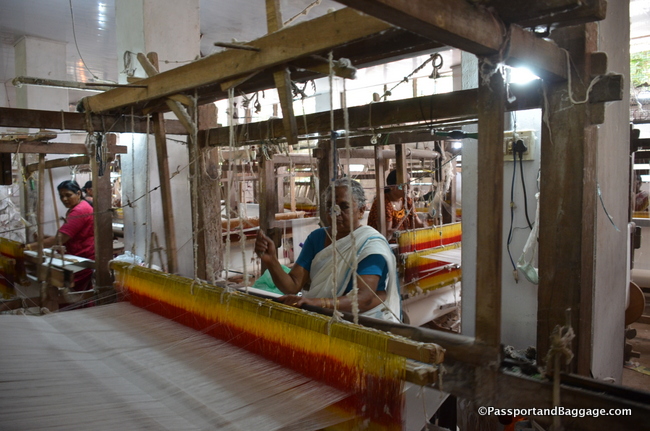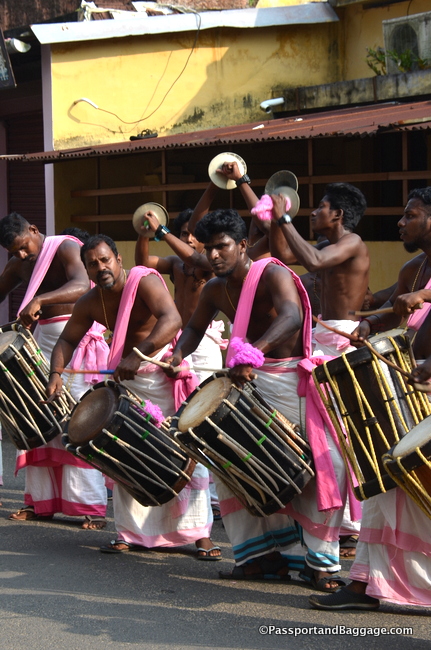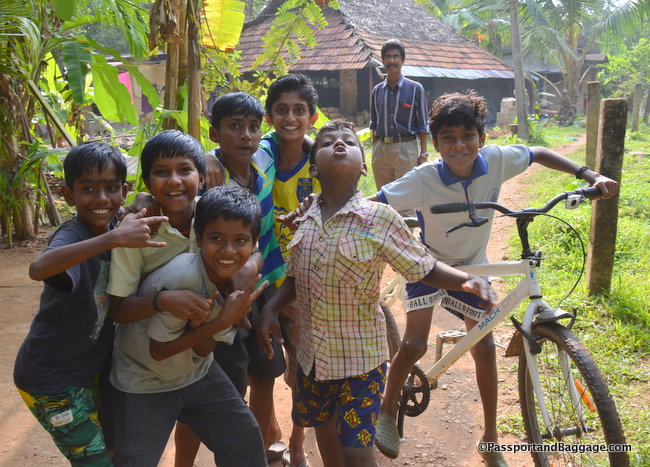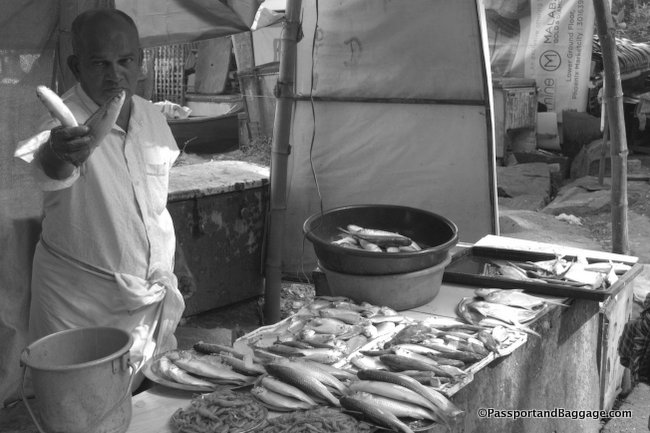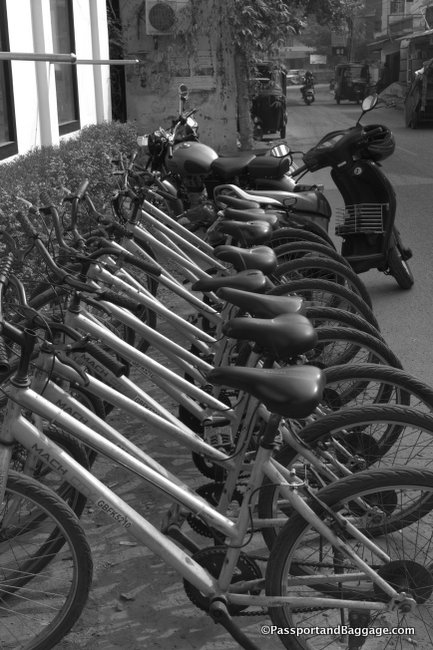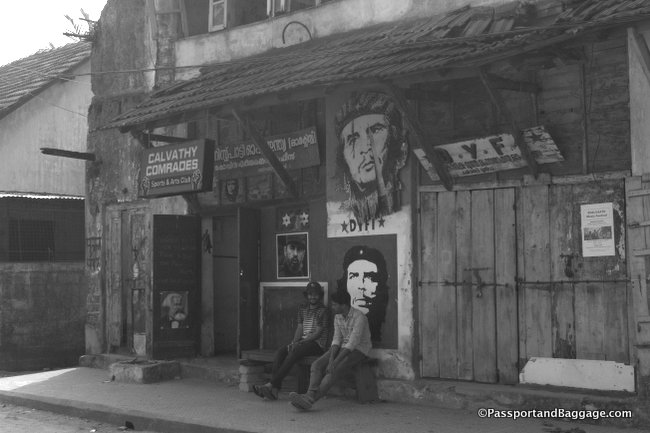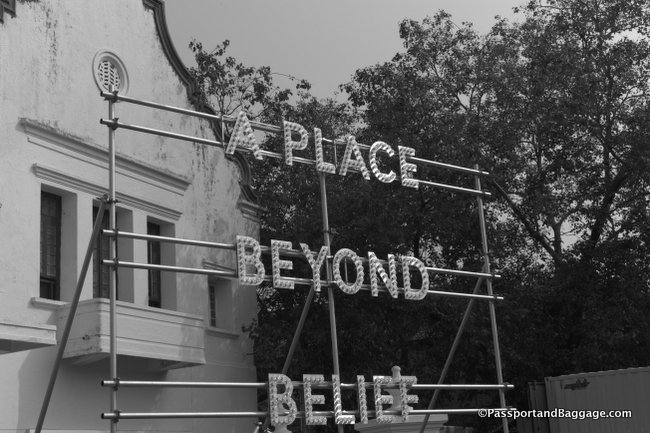December 2018
Fort Kochi in the State of Kerala
Known as Cochin to the locals.
Kochi was a fishing village in the Kingdom of Kochi in the pre-colonial Kerala. The territory, later called Fort Kochi was granted to the Portuguese in 1503 by the Rajah of Kochi. The Rajah also gave them permission to build Fort Emmanuel near the waterfront.
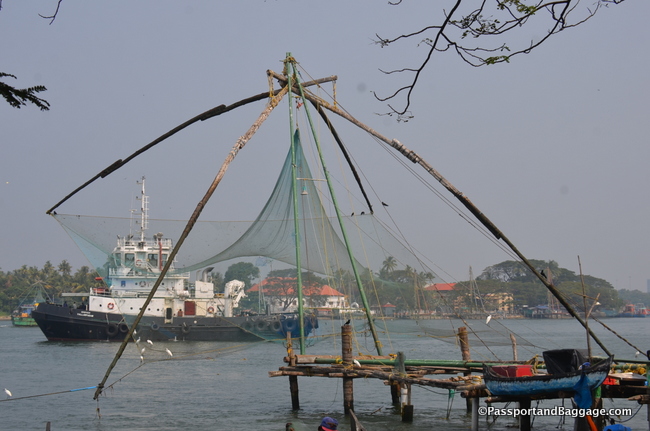
Pre-colonial type Chinese fishing nets on the waterfront are believed to have been introduced by Chinese traders in the early 14th century.
The word fort in Fort Kochi comes from Fort Emmanuel, which the Dutch later destroyed. Fort Kochi remained a Portuguese possession for 160 years. In 1683 the Dutch captured the territory from the Portuguese and destroyed many Portuguese institutions. The Dutch then held Fort Kochi for 112 years until 1795, when the British took control by defeating the Dutch. Foreign control of Fort Kochi ended in 1947 with the Indian independence.
The language of Kerala is Malayalam with most people also understanding and speaking English.
There is little to see in Fort Kochi, as much has either been destroyed or was closed during my visit. It is a tourist town for shopping both high-end and low, but it also has an Art Biennale, which I was able to attend.
Old run-down warehouses like this are what primarily makes up the town of Fort Kochi. Most businesses reside in warehouses such as this, that have been divided up. They are immense spaces that once were the heart of the Portuguese trade.
Since the beginning of the century, Arabian and Chinese traders sourced spices, especially pepper, cinnamon, cardamom, cloves, and sandalwood from the Kochi region. Kochi is still an important center of spice export.
Kerala is 50% Hindu, 25% Islam and 25% Christian. However, the size of the Christian complexes makes one feel that the area is overwhelmingly Christian. Education is mandatory in the state of Kerala, and the state also has the highest literacy rate in India. Education in Kerala was deemed important during British rule in India by Christian missionaries. The contributions of Catholic priests and nuns were also crucial in overall education but has played a major role in the education of women. However, in spite of a large number of educational institutions in the state, the quality of education at all levels in Kerala has been showing a decline due to financial constraints.
Kathakali
Kathakali is a form of classical dance that originated more than 500 years ago in the state of Kerala. Kathakali is a combination of dance, drama, music and religious theme and is considered one of the world’s oldest forms of theatre. In Malayalam (the local language of Kerala), Kathakali means Story-Play, “Katha-Story” and “Kali-Play”.
The artists through elaborate body movements depict a scene from mythological stories. A typical Kathakali Performance includes movements of hands, legs, and eyes, with each movement having a specific meaning. A traditional drum, known as Chenda is played and the play is “told” by one or two singers.
Traditionally the actors have always been men, but in modern times women have begun participating.
Backwaters
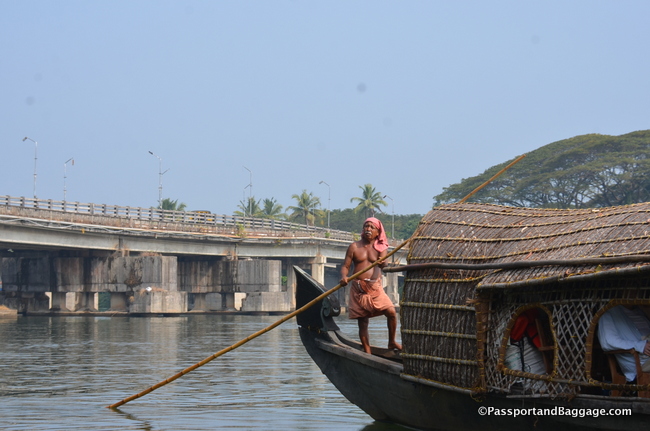 I was in Kerala to meet a dear friend and have a few relaxing days. We took a typical tourist outing trip on the rivers, or backwaters, that run throughout Kerala. It was a wonderful way to get away from the insane noise and hustle of India.
I was in Kerala to meet a dear friend and have a few relaxing days. We took a typical tourist outing trip on the rivers, or backwaters, that run throughout Kerala. It was a wonderful way to get away from the insane noise and hustle of India.
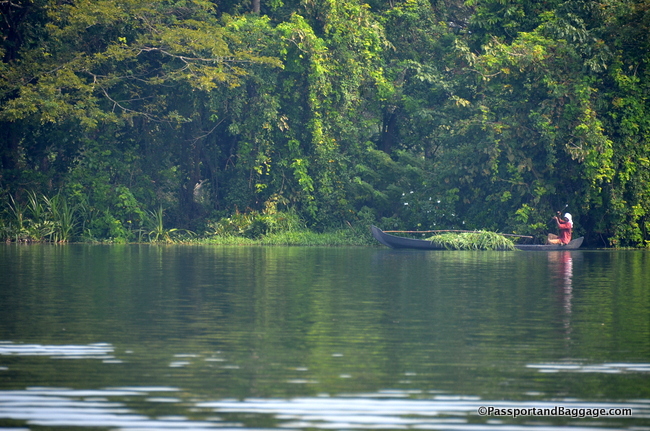 The Kerala backwaters are a chain of brackish lagoons and lakes lying parallel to the Arabian Sea coast (known as the Malabar Coast) of Kerala. The network includes five large lakes linked by canals, both man made and natural, fed by 38 rivers, and extending virtually half the length of Kerala state. The backwaters were formed by the action of waves and shore currents creating low barrier islands across the mouths of the many rivers flowing down from the Western Ghats range.
The Kerala backwaters are a chain of brackish lagoons and lakes lying parallel to the Arabian Sea coast (known as the Malabar Coast) of Kerala. The network includes five large lakes linked by canals, both man made and natural, fed by 38 rivers, and extending virtually half the length of Kerala state. The backwaters were formed by the action of waves and shore currents creating low barrier islands across the mouths of the many rivers flowing down from the Western Ghats range.
*
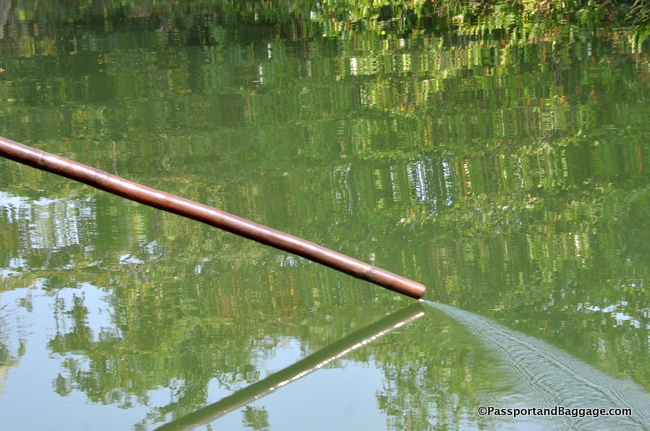
After two months in India, the backwaters were a perfect way to unwind. The rhythmic dipping of the oar in the water was mesmerizing
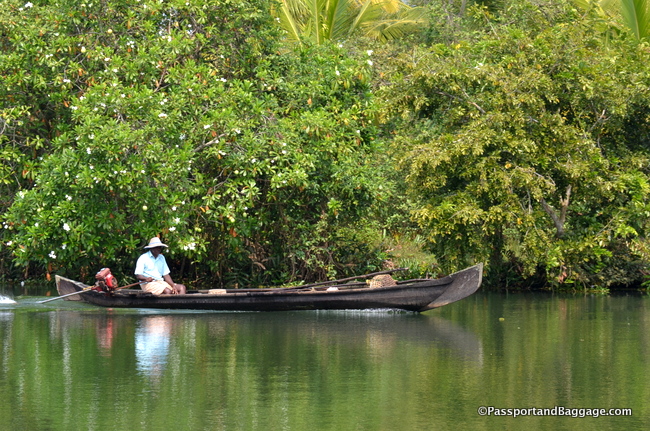
A fisherman going after mussels. The shells are worth almost three times as much as the meat and are used in fertilizer.
The number of species of plants and animals is staggering in this area, but the one that was new to me was the Suicide plant or Cerbera odollam. This tree is ubiquitous in Kerala. The softball-sized fruit contains seeds so toxic they can stop a heart. In the 19th century in Madagascar, where the tree is also found, thousands of people per year died after consuming the seed in “trials by ordeal” believed to determine whether they were guilty of witchcraft or other crimes. A 2004 study found that it is responsible for roughly a death per week in Kerala, most of them suicides. Researchers believe that more people have taken their own life using this plant than any other in the world. Today the fruits are used for manufacturing bioinsecticides and deodorants.
The coconut palm tree is the most prevalent tropical tree in Kerala. And coir is the fibrous material found between the hard, internal shell and the outer coat of a coconut. Coir is used in products such as rope and twine, doormats, brushes, and mattresses. The name coir comes from kayar, the Malayalam word for cord.
Coir industry is still one of the fastest growing industries in Kerala and the state has ranked first in coir production for last five decades. The coir industry was started during British rule in India and was developed by Portuguese. The total coir fiber production in India is 250,000 tons.
Today, however, the coir industry in Kerala is on the verge of extinction. The problem is the modernization of coir spinning and the wage policies instigated by the Kerala government.
After a lovely half day on the waters, we took another touristy afternoon and went to see local crafts. They were not anything exciting except for an older woman who still made mats in her home.
It takes her 2 days to make one mat.
Here are a few more photos of the area. It is important to note that Fort Kochi is extremely warm and muggy, so being a tourist is done at a very slow pace.
